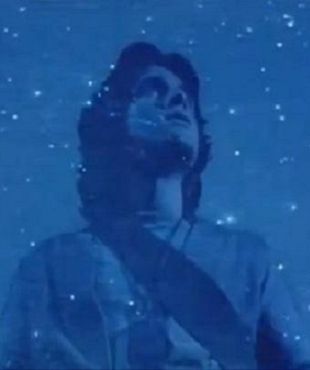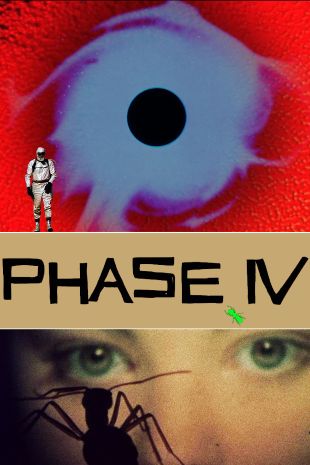Though the name Saul Bass may not be readily recognizable, he has played a key role in the way contemporary films are introduced and concluded on screen and in the way they are advertised in posters. His distinctive, highly creative work can be seen during the beginning and ending sequences of numerous post-WW II films, most notably those of Otto Preminger made between 1954 and the late 1970s. Though closely related to the films they introduce, Bass' sequences are so well-done as to stand by themselves as mini-films within films.
Prior to entering the film industry, Bass, who studied at the Art Students League in New York and Brooklyn College, spent several years as a free-lance designer. He moved to Los Angeles in 1946 and founded Saul Bass & Associates. By 1950 he was designing publicity graphics for films. Up to that point, movie promotional art usually consisted of photographs or brightly colored pictures of the stars, but Bass took a radically different approach, preferring instead to use dramatic abstract images, often comprised of interestingly arrayed lines, deceptively simple drawings and broken type to not only advertise the feature, but also to clue potential audiences in to the kind of story they were about to see. He created his first title design in 1954 for Preminger's Carmen Jones. For Preminger's Man with the Golden Arm (1955) and Anatomy of a Murder (1959), Bass utilized angular and fragmented depictions of bodies. Bass's philosophy behind such designs was "symbolize and summarize." Bass also worked for Alfred Hitchcock and was responsible for the electric, eye-popping segments prefacing Vertigo (1958) and Psycho (1960). For the latter, Bass also worked on the storyboards for the infamous Janet Leigh shower scene. Later he claimed that he also directed the scene, but Leigh, and others directly involved with the production refute his claim as do many film historians. Bass's work was in high demand during the early '60s and he designed the titles of many major films. He also worked as visual consultant on such films as Spartacus and West Side Story. His innovative work was responsible for launching a trend for filmmakers to employ animation and graphic designs in their credit sequences.
By mid-decade, tastes had changed and Bass's work for Hollywood became increasingly infrequent. Still he and his firm have had great influence, particularly on American advertising as Bass is responsible for many well-known corporate logos of the '60s. Bass also made a few documentary shorts, notably the Oscar-winning Why Man Creates (1968). His company also designed gas stations in Japan. In 1974, Bass made his only foray into feature-film direction with Phase IV, a stylish sci-fi horror/ ecology-minded cautionary tale in which mutant ants threaten to ravage the planet that utilized thousands of real insects. The film met with lukewarm response. In 1987, James L. Brooks contracted Bass to design title sequences for Broadcast News. This marked the artist's return to feature films and in quick succession he began doing intros for such films as Big (1989) and War of the Roses (1990). In 1990, Bass hooked up with Martin Scorcese to provide the opening for GoodFellas. More films with Scorcese followed, notably Cape Fear (1991) and The Age of Innocence and Casino ( both 1995). In 1995, Bass threatened to sue director Spike Lee for using Bass's design for Anatomy of a Murder to advertise his film Clockers. This created quite the media brouhaha until the advertisements for the film were changed. In the early '90s, Bass was honored with an exhibit at the Visual Arts Museum in New York. Bass passed away from Hodgkins' lymphoma on April 25, 1996. He was 75.


